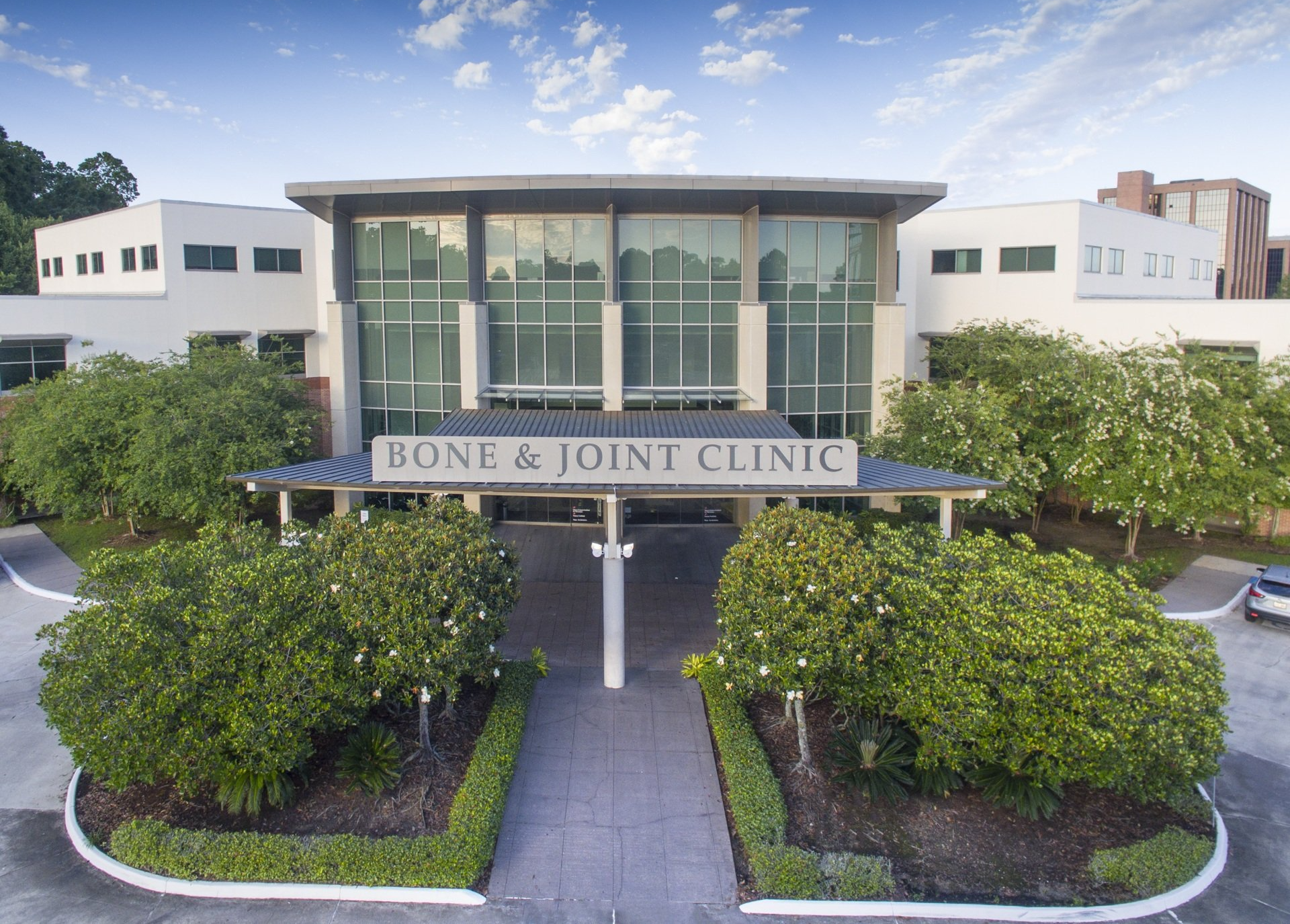Shin splints is the common name for the medical condition known as medial tibial stress syndrome. Usually caused by high-energy exercise and sports that involve lots of jumping and running, shin splints can occur when too much stress is put on the tibia (shin bone) or when the muscles and tendons around it are overworked.
Symptoms of shin splints include pain in the front and inside of the lower leg. This pain is due to inflammation caused by high-impact activities, incorrect technique or overuse.
How to Treat Shin Splints
There are several effective ways to treat shin splints, including:
- Icing the lower legs after a run or exercise routine to help reduce pain.
- Wearing compression gear – like socks and bandages – to help reduce swelling.
- Taking over-the-counter anti-inflammatories like ibuprofen and aspirin to help reduce pain.
How to Prevent Shin Splints
Luckily, steps can be taken to reduce the risk of developing shin splints again after treatment or, better yet, from developing at all in the first place:
- Gradually increase physical activity – Take it slow when starting activities that involve running, walking and jumping. Shin splints can be caused by overuse, so be sure to properly rest in between exercises and try not to do too much too soon. Most importantly, don’t run through the pain. Listen to your body and cut back when needed. It’s generally safe to return to activities after two weeks of being pain-free.
- Stretch – Tight muscles can increase your risk of developing shin splints. Be sure to stretch your hamstrings and calves before and after physical activity.
- Exercise on softer surfaces – When possible, try to exercise on softer surfaces like grass, dirt, synthetic tracks and fields, and wood floors. Harder surfaces like concrete require your muscles and bones to absorb a lot more force, which can ultimately lead to shin splints.
- Get the right shoes – Ill-fitting or worn-out shoes can lack proper support and ultimately contribute to shin splints. Talk to your physical therapist about which shoes have the right support for you. It’s also important to have multiple pairs of good athletic shoes that you can rotate and avoid overuse.
- Check your form – Incorrect technique is one of the main causes of shin splints. Physical therapists are experts on movement and can help ensure you are utilizing proper technique when running and jumping.
Treating Shin Splints in Baton Rouge
Athletic injuries like shin splints are no fun which is why we want to get you back to moving more and hurting less. As leaders in assessing, diagnosing and treating sports-related injuries, our team of sports medicine experts will provide a treatment plan centered around you. Take the first step towards moving more and hurting less by scheduling an appointment today.




